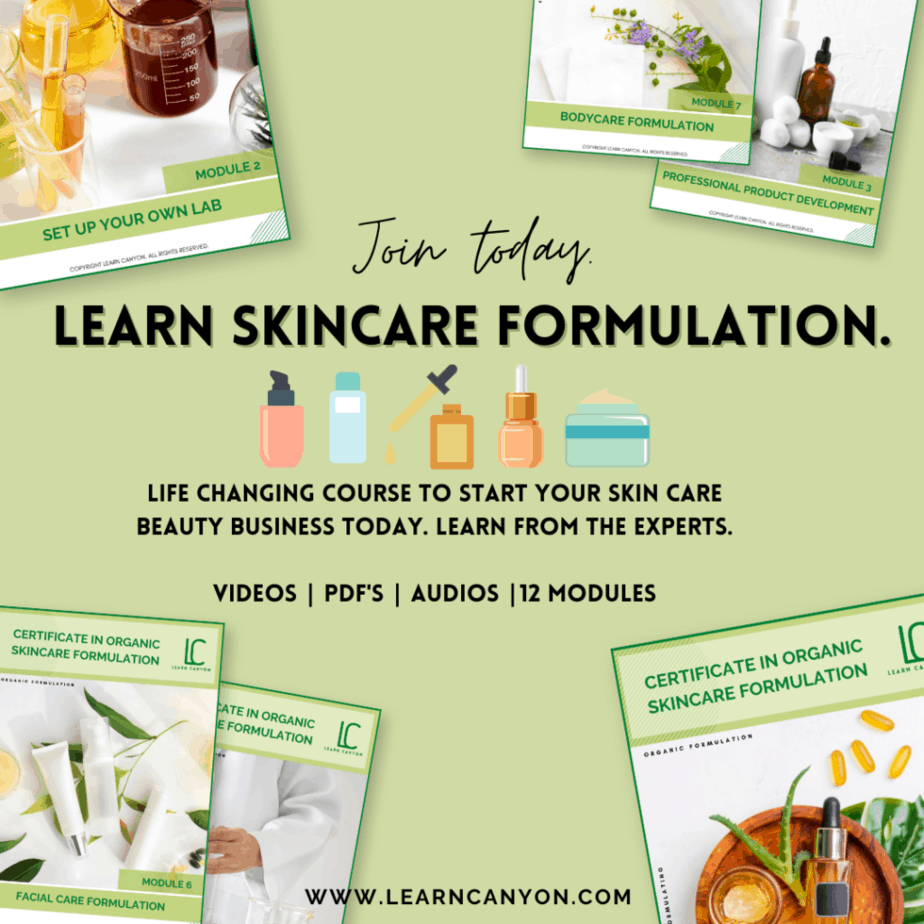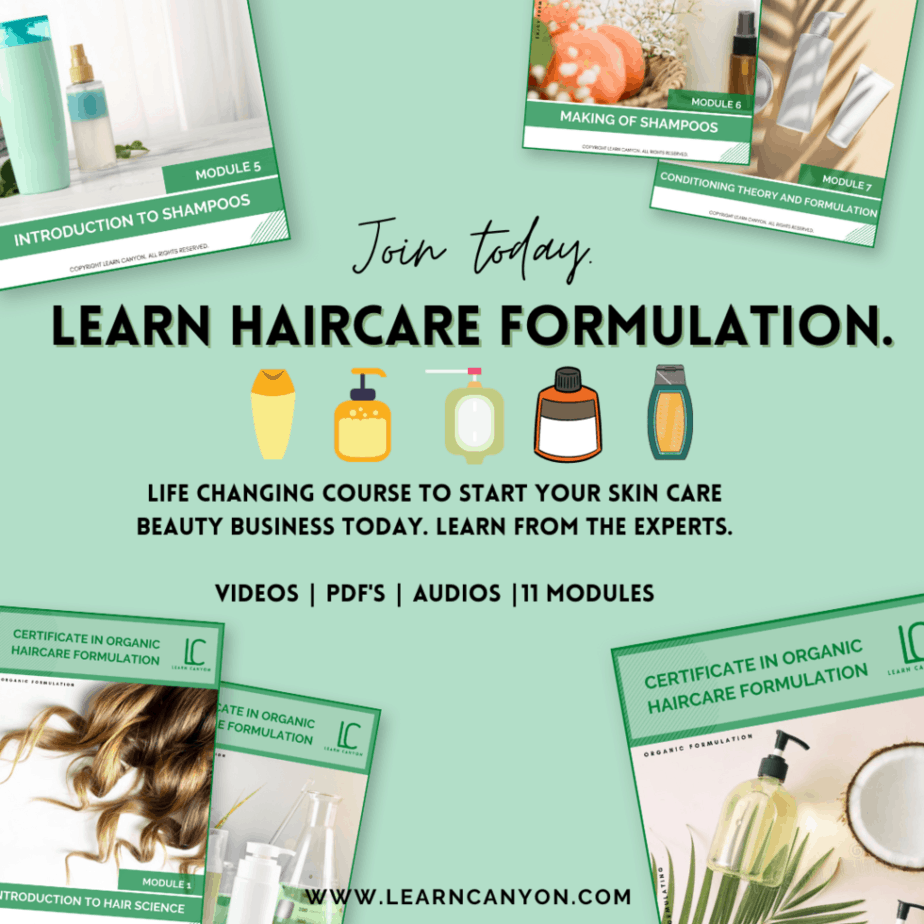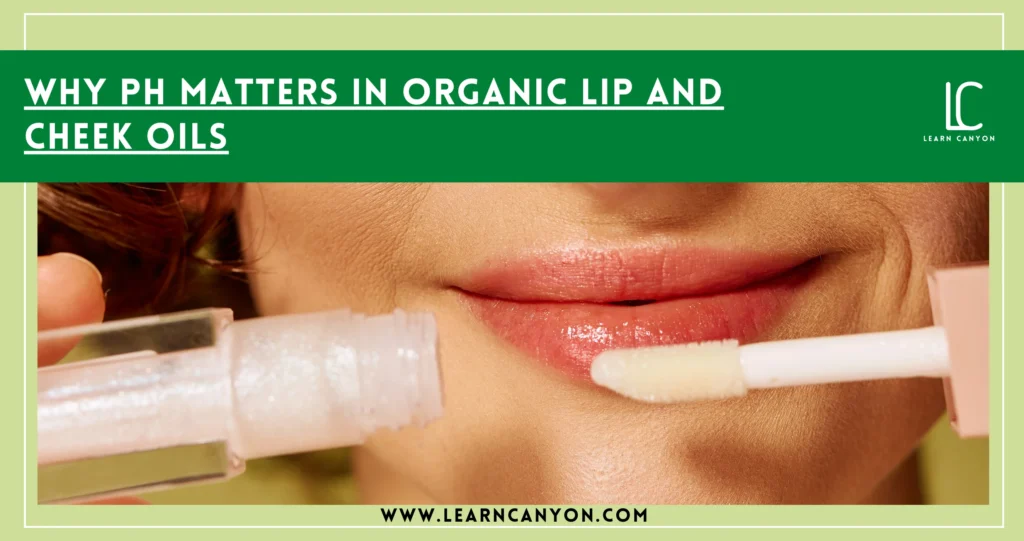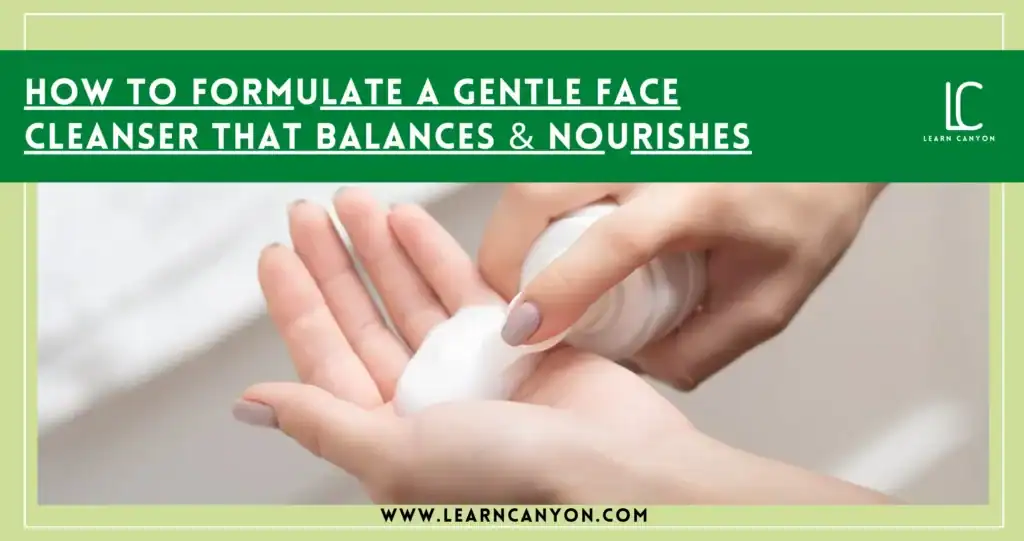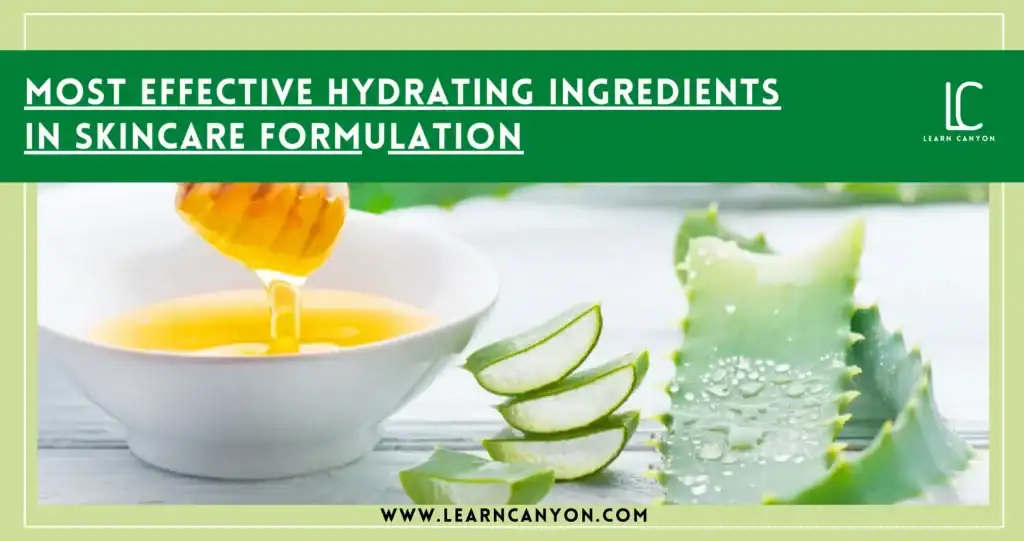Let’s be honest, lip and cheek oils are having a serious moment right now. And I’m not surprised. Who doesn’t love a product that gives a dewy tint, nourishes the skin, and doubles as both skincare and makeup?
As organic formulators, we’re often focused on choosing the right plant oils, butters, and pigments. We obsess over texture, color payoff, glide, and nourishment, which we absolutely should! But there’s one little detail that often gets pushed aside in anhydrous formulations like these…
Now you might be thinking, “But Priya, lip and cheek oils don’t contain water… so why does pH even matter?”
That’s exactly what we’re going to talk about today.
In this blog post, we’ll dive into why understanding pH, even in oil-based products, is essential for creating safe, skin-friendly formulations. Especially when you’re applying them to delicate areas like the lips and cheeks, which are thinner, more sensitive, and often the first to show signs of irritation.
So grab your formulation notebook and let’s explore the skin-loving science behind pH, because beautiful products should be both effective and skin-compatible.
What is pH & Why It Matters in Cosmetics
Alright, let’s start with the basics.
pH stands for “potential of Hydrogen”, and it’s a scale that measures how acidic or alkaline a substance is, ranging from 0 (very acidic) to 14 (very alkaline), with 7 being neutral. In cosmetic formulation, this isn’t just a fancy scientific term, it’s a crucial factor that influences how your product interacts with the skin.
Now here’s the important part:
Your skin isn’t neutral. In fact, healthy skin typically sits around a pH of 4.5 to 5.5, which helps maintain its natural acid mantle, your skin’s first line of defense.
When you apply a product with a pH that’s too high or too low, especially on delicate areas like the lips and cheeks, it can disturb this barrier. That’s when you start seeing things like dryness, irritation, flakiness, or even breakouts. And for those with sensitive or compromised skin, the effects can be even more noticeable.
Most of the time, we talk about pH in water-based formulations, because water allows hydrogen ions to move freely, giving us a measurable pH. But what about oil-based products, like our beloved lip and cheek oils? Don’t worry, we’ll get to that in the next section.
For now, just remember:
In any product that’s going to live on the skin, pH awareness isn’t optional. It’s a hallmark of smart, professional formulation. Even when you’re working with oils.
Can You Measure pH in an Oil-Based Product?
Here’s the million-dollar question I get asked all the time by students:
“Priya, how do I measure the pH of my lip and cheek oil?”
And my honest answer? You can’t.
Not in the traditional sense, at least.
Let’s break it down. pH is only measurable in substances that contain water, because water is what allows those hydrogen ions (the ones that determine acidity or alkalinity) to move around freely. Pure oils don’t have water, which means they don’t have free-floating hydrogen ions… and that means no measurable pH.
So does that mean we can just forget about pH when working with anhydrous products like lip and cheek oils?
Not quite.
Even though we can’t measure pH in oils, we still need to think about how that product will behave once it’s on the skin, especially in areas that have moisture, like the lips, cheeks, or around the nose. The oils will mix with the skin’s natural moisture, and any active or infused ingredients in the oil can affect the local pH environment.
And remember, we’re not always just using plain oils. Sometimes we include:
- Botanical extracts (especially CO2 or infused oils that might carry water-soluble residues)
- Emulsifiers or humectants
- pH-sensitive actives like Vitamin C esters
If any of these sneak water or water-reactive elements into your formula, they can influence the skin’s surface pH once applied, even if the product itself doesn’t technically have a pH.
So while you can’t dip a pH meter into your lip oil and get a reading, as a professional formulator, you should still think pH, because ultimately, what we create is going to live on someone’s skin.
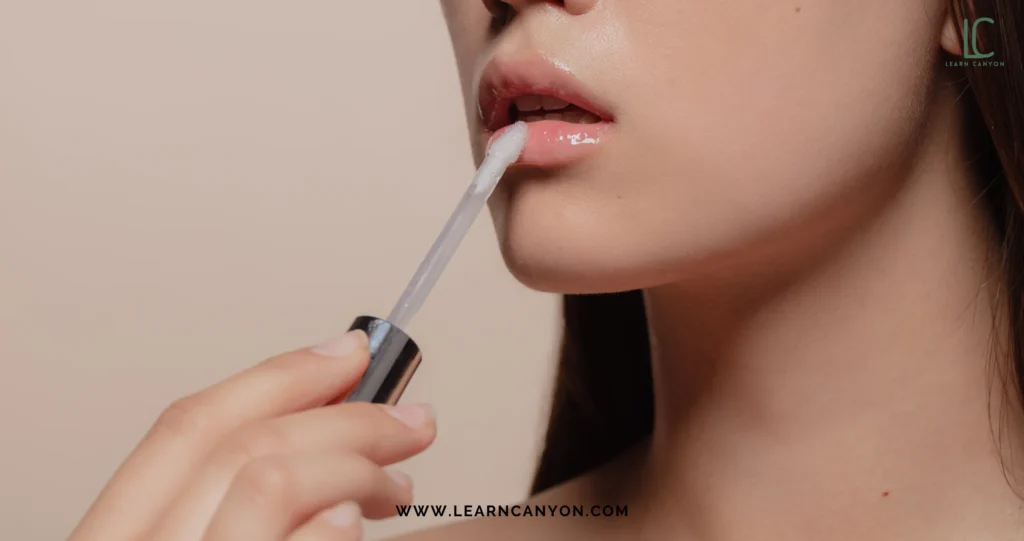
The Skin’s Natural pH & Why Balance is Key
Let’s talk skin for a moment, because at the end of the day, that’s who we’re formulating for.
Your skin isn’t just a surface. It’s a living, breathing barrier, and it thrives best in a slightly acidic environment. Most healthy skin sits comfortably between pH 4.5 and 5.5, this is what we call the acid mantle. It’s a delicate layer made up of sebum, sweat, and natural flora that work together to protect your skin from bacteria, pollution, and moisture loss.
When we formulate skincare or color cosmetics, especially leave-on products like lip and cheek oils, we need to ensure that what we’re applying supports this natural balance. If our formulation introduces ingredients that push the skin too far outside of that ideal pH range, we can disrupt the acid mantle.
What does that look like in real life?
Dry, chapped lips. Red, irritated cheeks. Increased sensitivity. And for people with already compromised skin barriers, think eczema, rosacea, or perioral dermatitis, it can trigger flare-ups almost instantly.
Now, I know what you’re thinking: “But my product is just oils, right? How could that possibly affect the skin’s pH?”
Remember, the skin has moisture. And when you apply an oil blend, especially one that includes botanical actives, infused herbs, or CO2 extracts, those ingredients can interact with that moisture and alter the local pH environment on contact.
So even though we can’t measure the pH of oils directly, as formulators, we have a responsibility to be conscious of what we’re blending and how it might impact the skin’s ecosystem.
Balanced skin is happy skin. And our job? To keep it that way, with every drop of color and care we create.
Factors That Can Influence pH in Organic Lip & Cheek Oils
By now you’re probably thinking, “Okay, Priya, I get that oils don’t have a measurable pH, but how do they still influence the skin’s pH once applied?”
Great question. Let’s unpack that.
While oils themselves are considered pH-neutral, certain ingredients commonly added to organic lip and cheek oils can indirectly influence the skin’s surface pH or affect how the formula behaves on contact with moisture.
Here are some key players to keep an eye on:
Botanical Extracts & Infused Oils
Many of us love infusing oils with herbs like hibiscus, rose, or turmeric (guilty, and proud!). But these plant materials often contain water-soluble components, like natural acids or alkaloids, which can carry over into your infusion. Even a small amount of residual water or pH-reactive compounds can shift how your oil interacts with the skin.
Emulsifiers or Humectants (in Hybrid Formulas)
If your lip or cheek oil is a hybrid, meaning it contains a small water phase or water-loving ingredients like glycerin, sodium lactate, or even lecithin, then you’re definitely entering pH territory. Once water is involved, even in tiny amounts, the product’s pH becomes measurable and must be balanced.
Active Ingredients
Oil-soluble actives like Vitamin C esters (e.g., ascorbyl tetraisopalmitate) or retinoids can be sensitive to pH or degrade when exposed to a non-ideal environment. These ingredients won’t shift the pH directly but may react differently when applied to skin that’s outside their comfort zone.
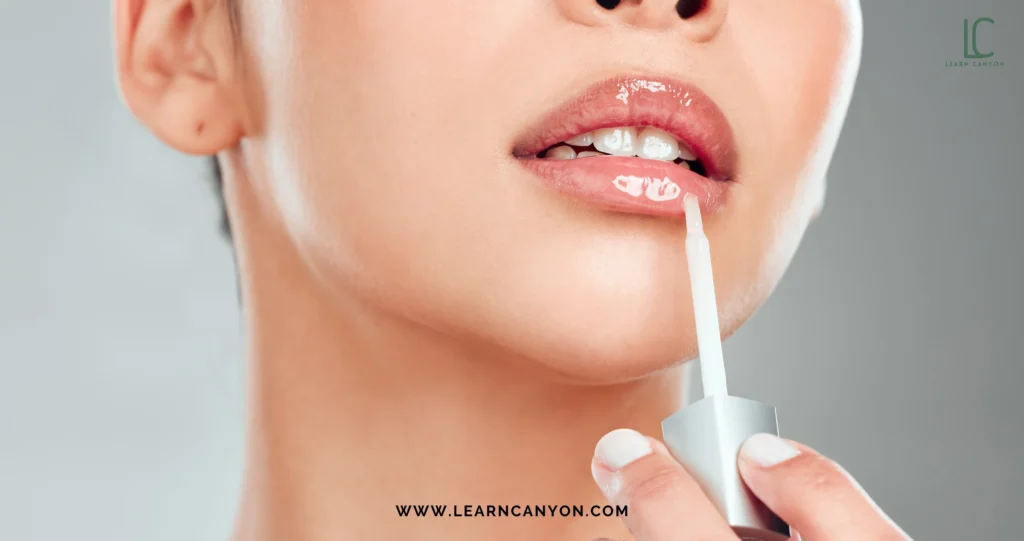
Pigments and Mineral Colorants
Some natural colorants, especially those derived from clays or oxides, can also introduce pH-affecting minerals into the mix. This is more noticeable if you’re working with hydrous clays or botanical powders in a creamy lip tint format.
Residual Moisture
If your workspace or packaging isn’t airtight or if you’re incorporating heat-sensitive ingredients without proper precautions, trace moisture can sneak into your oil base. And where there’s moisture, pH starts becoming a concern, especially over time.
As a professional formulator, this is where your intuition and formulation skills really shine. You’re not just choosing ingredients for texture or shade, you’re thinking ahead to how they’ll behave on the skin, how they’ll play with natural moisture, and how to keep everything in harmony.
It’s that attention to detail that turns a DIY lip oil into a truly professional-grade organic product.
How to Ensure Your Lip & Cheek Oils Are pH-Friendly
Now that we know why pH matters, even in oil-based formulations, let’s talk about how to make sure your lip and cheek oils play nice with the skin.
No, we’re not dipping pH strips into oils (remember, pure oils don’t have a measurable pH), but there are steps we can take as formulators to ensure our final product is gentle, stable, and barrier-friendly.
Here’s how:
Stick to Truly Anhydrous Ingredients
Keep it clean and simple. Use only pure, oil-soluble ingredients like carrier oils, waxes, esters, oil-dispersible pigments, and oil-based actives. Avoid ingredients that might carry water or need water to function properly unless you’re deliberately formulating a hybrid or emulsion (in which case, you’ll need to test and adjust pH properly).
Use High-Quality Infused Oils & CO2 Extracts
If you’re adding herbal-infused oils or CO2 plant extracts (which I absolutely love in lip tints!), make sure they’re well-processed and free from water contamination. Also, be mindful of the herbs you choose, some like hibiscus or amla are naturally acidic, which can subtly affect the skin’s pH when applied.
Be Cautious with Functional Additives
If you’re tempted to add humectants like glycerin or water-based actives into your oil blend, pause. These require emulsification and careful pH balancing. If you do go this route, make it a proper emulsified formula and test the final pH using distilled water in a dilution test.
Formulate with the Skin Barrier in Mind
Choose oils that support the skin’s natural structure, like jojoba oil (which mimics sebum), squalane, rosehip, sea buckthorn, and shea esters. These are skin-compatible and won’t disturb the acid mantle. Bonus points for adding barrier-repairing elements like bisabolol or tocopherol (Vitamin E).
Do a Patch Test, Always
Even if the product is anhydrous, it’s smart to test it on sensitive skin (like behind the ear or on the inner wrist). This gives you insight into how the product feels and behaves when it meets moisture, just like it would on lips or cheeks.
If You’re Going Hybrid, Get Serious About Testing
If your formula contains any water, like a lip and cheek serum-oil hybrid, then pH must be tested and adjusted using proper techniques. Use a 10% dilution in distilled water, check the pH, and adjust using lactic acid or sodium bicarbonate (within skin-safe limits).
Formulating beautiful, organic color cosmetics is part art, part science, and this is where they meet. By being intentional and thoughtful with your ingredients, you’re not just creating a lip & cheek oil, you’re crafting a product that loves the skin as much as it enhances it.
Pro Tips for Formulators
Alright, formulator-to-formulator, let’s get into some real talk.
Once you understand the relationship between oils, skin, and pH, you’re already ahead of the curve. But if you want to take your lip and cheek oils from “nice” to next-level professional, here are some of my personal tips I wish someone had handed me early in my journey.
Let’s go!
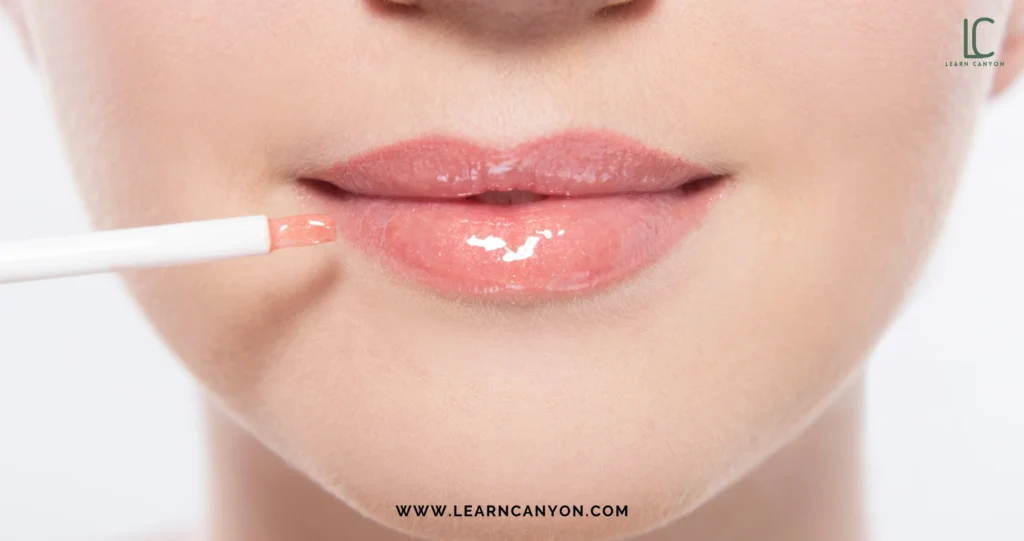
Think Like a Skin Therapist, Not Just a Formulator
When you’re crafting a tinted oil that sits on sensitive areas like the lips and cheeks, you’re not just blending ingredients, you’re curating an experience for the skin. Choose oils that are lightweight, absorb well, and match the skin’s natural sebum profile. Jojoba oil, camellia seed, plum kernel, or meadowfoam are some of my favorite picks.
Support the Skin Barrier
Include barrier-loving ingredients like:
- Squalane – mimics natural skin lipids
- Shea esters or estolides – give slip and softness without clogging
- Tocopherol (Vitamin E) – for antioxidant support
These won’t just help your product feel luxurious, they’ll also help maintain the skin’s natural pH by not stripping or overwhelming it.
Don’t Skip Ingredient Research
Always look at your ingredient documentation (especially for CO2 extracts and infused oils). Check for pH sensitivity, solubility, and potential irritants, especially if you’re sourcing from small-batch or artisanal suppliers. The more you know, the more precise your formula will be.
Play with Texture, but Stay Skin-Friendly
If you’re going for a semi-solid balm or serum-oil hybrid, choose texture modifiers that enhance stability and feel without throwing the skin off balance. Think: candelilla wax, rice bran wax, or castor jelly. Avoid overloading waxes that may feel heavy or create a film on delicate skin.
Scent with Sensitivity
Fragrance is tempting, but lips and cheeks are easily irritated. Stick to low percentages (0.1–0.5%) of skin-safe essential oils like sweet orange, chamomile, or a touch of vanilla oleoresin. Avoid oils high in allergens unless you’re formulating for non-sensitive users with proper warnings.
Keep It Clean
Always formulate in a clean, dry workspace. Even in oil-based products, contamination is real. Use antioxidants, sterilize your tools, and package in air-tight containers. Clean formula = happy skin and longer shelf life.
Formulating is both a science and a sensory craft. When you pay attention to how your formula feels, functions, and fits into the skin’s ecosystem, you’re not just making a product, you’re creating a beautiful little moment of care.
And that’s what real, conscious beauty is all about.
So there you have it, the not-so-obvious, but oh-so-important role of pH in organic lip and cheek oils.
Even though these little multitaskers are anhydrous, their relationship with the skin is intimate. They touch delicate areas, blend with natural moisture, and often stay on for hours, so it only makes sense that we give just as much care to how they interact with the skin as we do to how they look or feel.
As a professional formulator, pH awareness isn’t just about lab testing, it’s about creating products that honor the skin, respect its balance, and bring real, feel-good results. That’s what elevates your work from DIY to high-performance, skin-loving formulation.
So the next time you blend that dreamy tint with a silky oil base, remember:
You’re not just making makeup. You’re making skincare with soul.
And if you’re ready to dive deeper into creating clean, stable, and beautifully functional lip & cheek products, don’t stop here! Join me inside our Certificate in Organic Color Cosmetics Formulation, where we explore everything from pigments and performance to pH, preservation, and more.
Because beautiful skin deserves beautiful science. And you deserve to master both.


